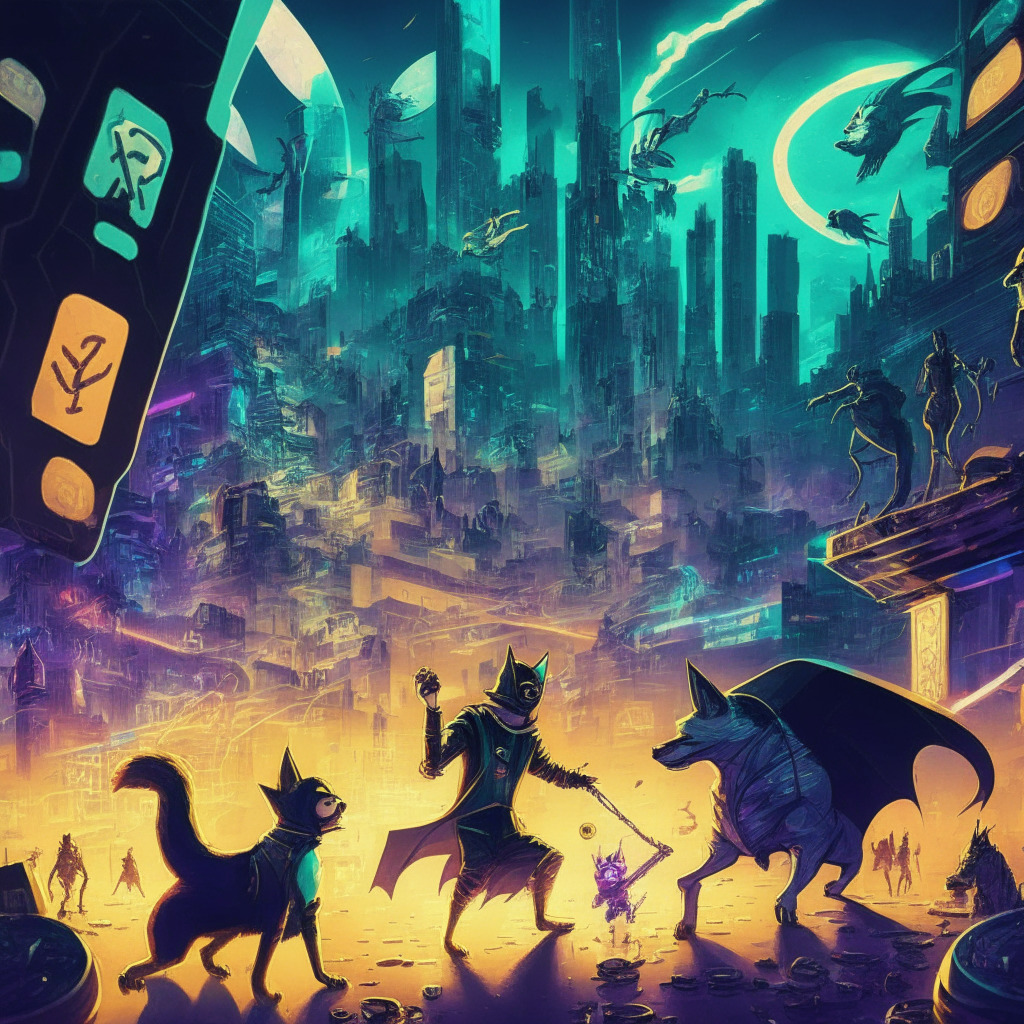Consumers play a vital role in shaping the products and services they use, yet they often go unrecognized for their contributions. To address that, some industry experts are advocating for the implementation of Web3 technology, which can help reward consumers for their valuable input in a fair and transparent manner.
One example of consumers not receiving due credit is when Starbucks introduced a survey platform to gather customer ideas. Some of these ideas, such as cake pops and caramel frappuccinos, became popular products. Yet, the customers who submitted these ideas received no benefits or recognition for their contributions.
Aleksija Vujicic, an investment associate at Multicoin Capital, points out that crediting customers doesn’t necessarily mean offering them monetary compensation. There are numerous ways to reward consumers, such as providing free products or exclusive offers. The fundamental point is that customers should receive something in return for their ideas and feedback.
She emphasizes that consumers often perform unpaid labor for brands by providing valuable feedback and improvements to their products. This is where Web3 technology can make a significant difference. By using digital tokens, companies can transparently record provenance and attribute value back to customers who contributed to the evolution of a particular product.
Vujicic also discusses three levels of co-creation under the Web3 paradigm: individual, cohort, and community. In each of these levels, participants can work together to create richer products and services while fairly distributing revenue shares and social accreditation.
As an individual, a content creator could remix and enhance someone else’s creation, adding new layers to the original work. Under the cohort model, a small group could collaborate on an entire collection, with each person contributing their own unique skills and ideas. Lastly, at the community level, brands can become fully community-owned, with all decisions put to a vote and the community receiving value in return.
This type of consumer engagement not only fosters a healthier relationship between companies and their customers but also creates long-term retention of consumers. By co-creating and recognizing the value of their contributions, companies can better engage with their customers and encourage them to remain loyal to the brand.
In conclusion, the implementation of Web3 technology to reward consumer feedback presents an opportunity for a more equitable and mutually beneficial relationship between companies and their customers. By recognizing and valuing the contributions of individuals, cohorts, and communities, brands can create happier customers, foster loyalty, and encourage meaningful collaboration for the long term.
Source: Blockworks




